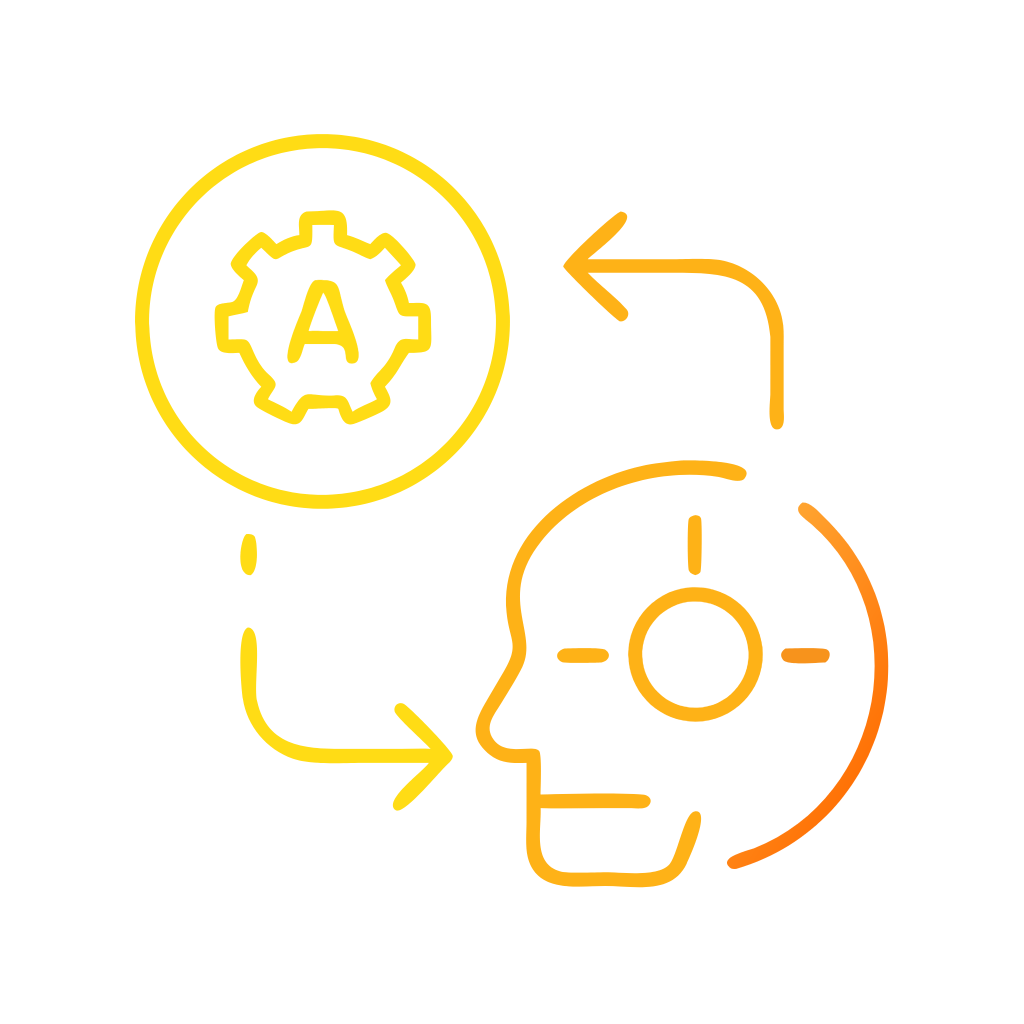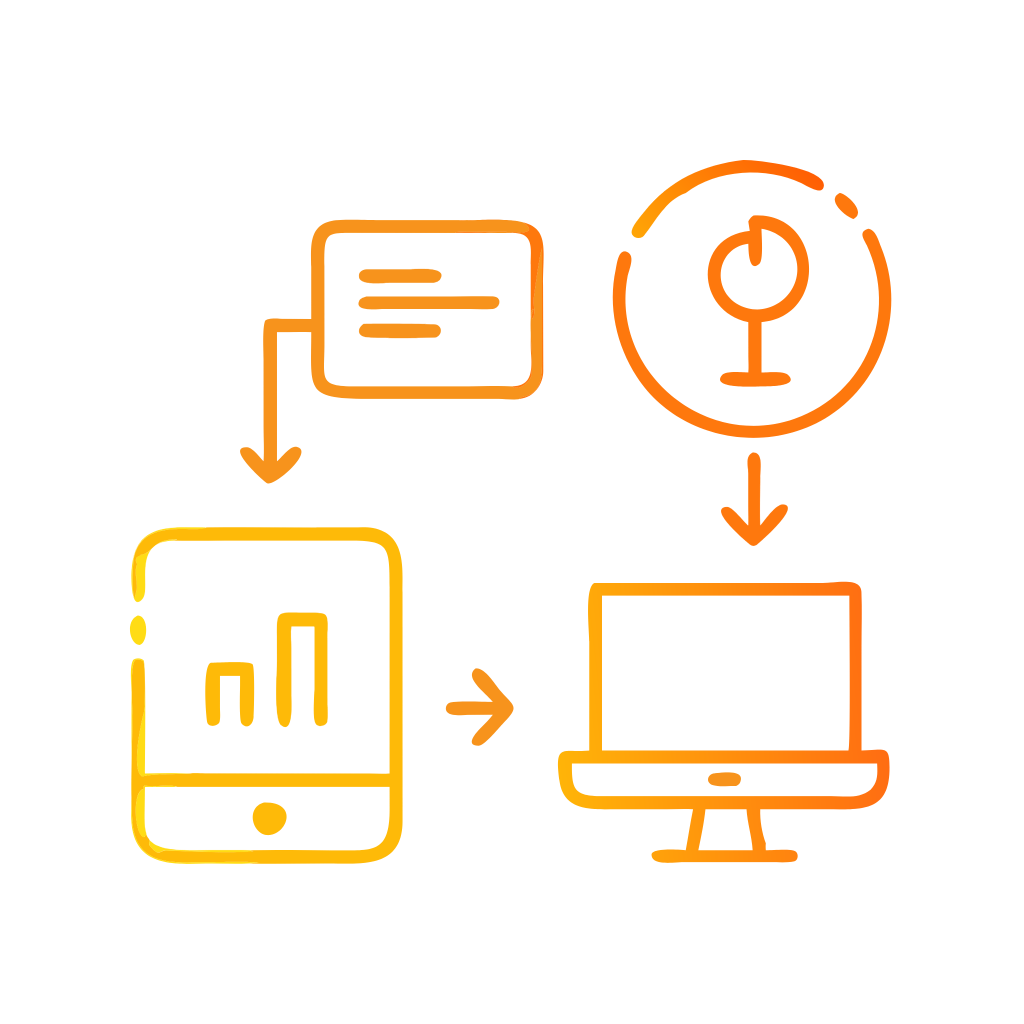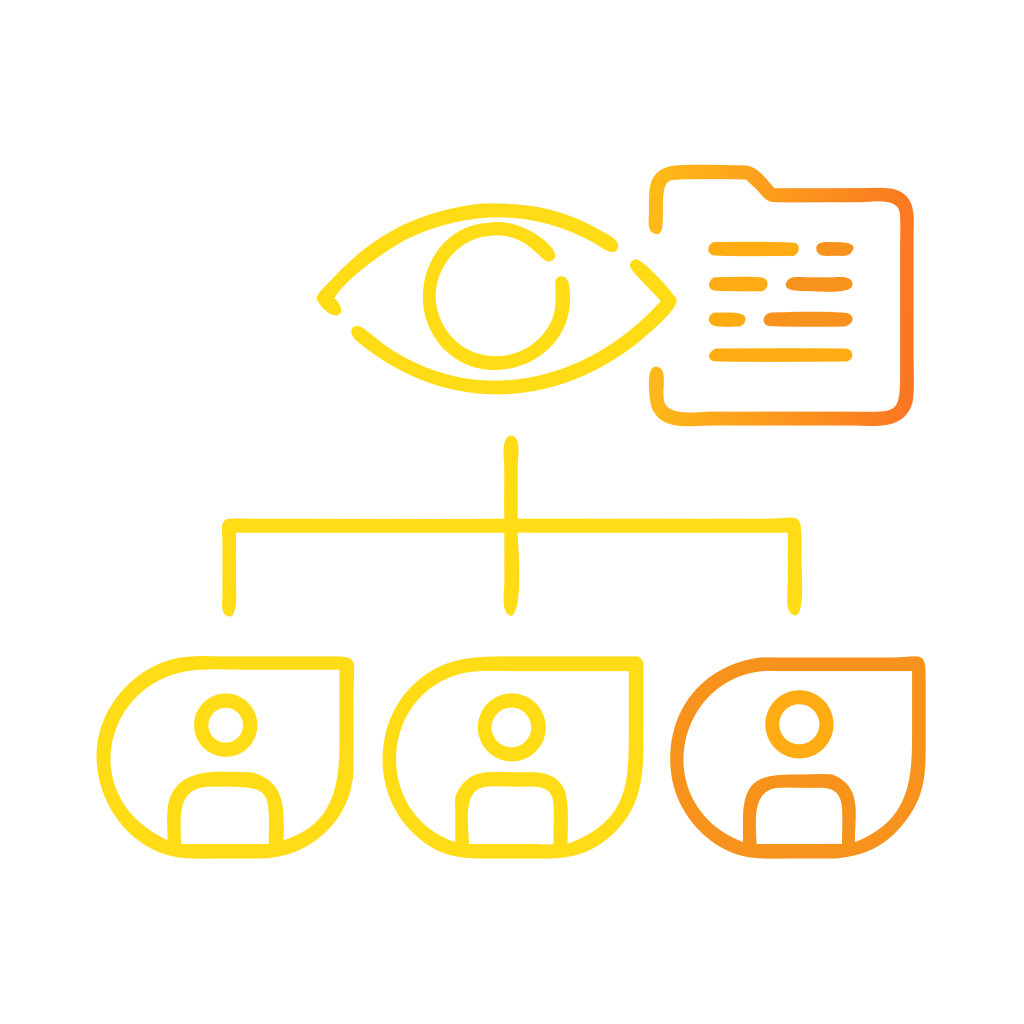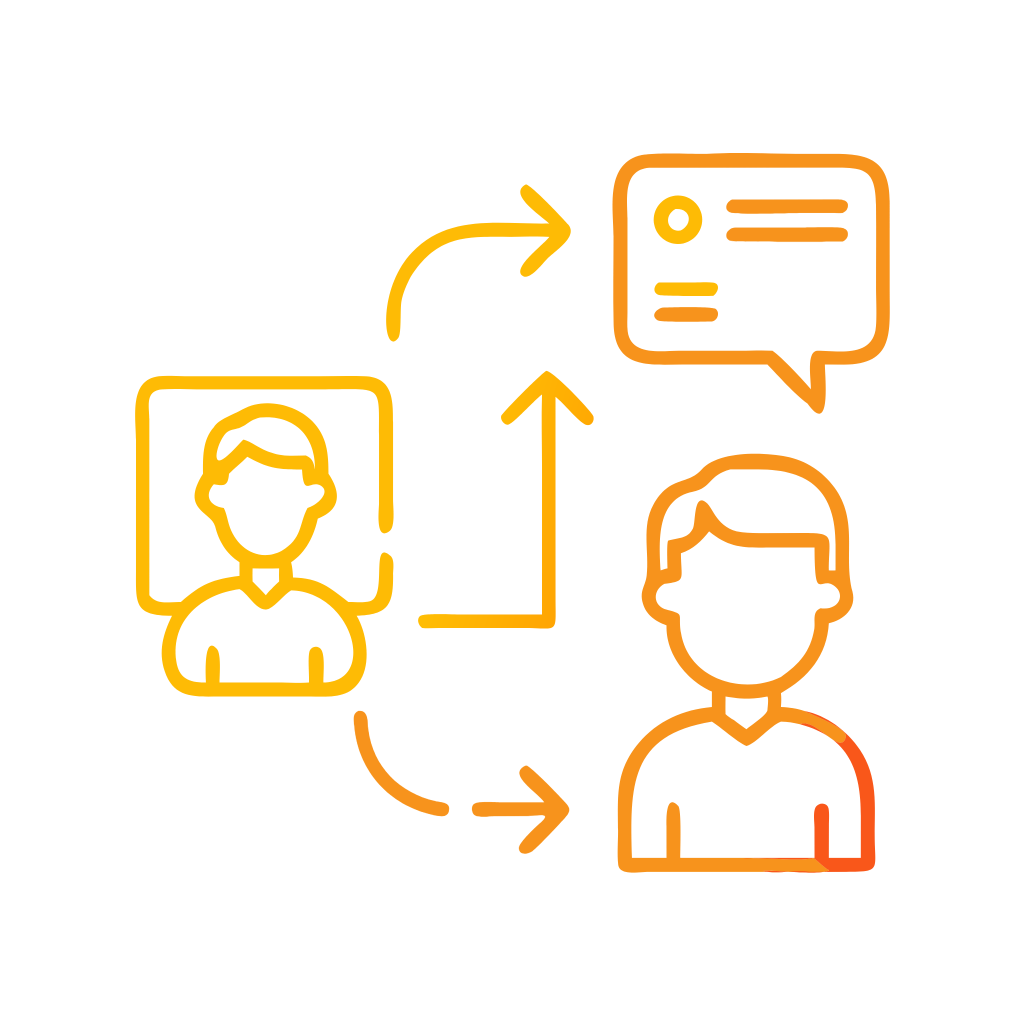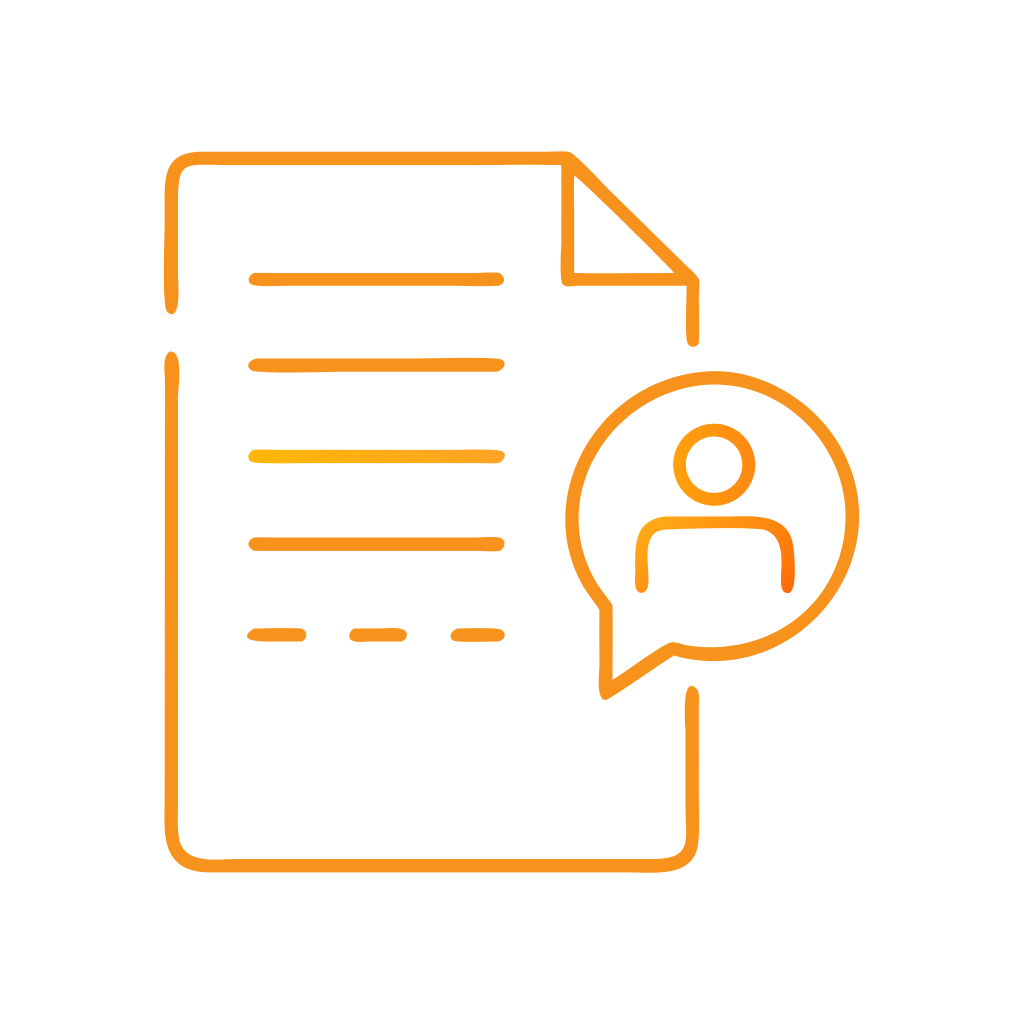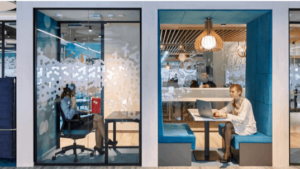Anyone who was working in the early 1980s will tell you how different office environments were then compared with today.
For starters, it was pretty usual for ‘bosses’ back then to have some sort of physical office, albeit in which ‘subordinates’ sat waiting for instructions as they watched the ash fall off their manager’s cigarette into his already overcrowded ash tray.
Everyone had their own desk, a little place to call home, complete with drawer or filing cabinet to keep some stationery and personal belongings, and wooden or plastic memorandum trays, one for ‘memos in’ and one for ‘memos out’.
If computers existed, they were large central mainframes, used only by the few who had been trained.
Meanwhile, typing pools of ladies, young and old, supported their bosses by ensuring that a steady stream of communication made its way out of the office each day on perfectly placed paragraphs under elegant letterheads.
If anyone wondered about the plans of the upper echelons of management, not many dared to voice their questions aloud. It was appropriate to wait to be told.
Our work places were certainly quieter back then and perhaps a little dull.
Fast forward to 2019 – and what a change. Gone are the typing pools, the memo trays and thankfully, the ashtrays. Managers are not all men. Most employees have their own laptops. Senior management no longer drip-feeds information to the lower orders; instead, it finds itself rated by employees on how effectively it communicates and to what extent it implements feedback from staff members!
This new, ultra egalitarian workplace should be marvellous.
But there’s at least one problem. Along the way, many organisations also did away with offices and over the past decade have increasingly done away with individual desks. For a variety of reasons, usually of a pecuniary nature, employers have chosen to convert their office spaces into massive open-plan, collaborative, activity-based or hot-seat environments. For the uninitiated, this translates as staff having lockers but no longer having their own desks and often roaming their office daily to find a place to sit. It also translates as staff having much less sense of belonging, a lack of customised ergonomics and often a concerning lack of personal privacy. For managers, it means that those frequently needed private conversations, whilst happily no longer delivering a dose of passive smoke, must now take place either in earshot of others or in a completely different venue such as a local coffee shop.
These new group work environments have been marketed to staff as the ‘latest thing’ and conducive to more teamwork, communication and fun. Certainly many of the group spaces created are colourful and happy environments for creative thinking, if a little reminiscent of an end-to-end walk through a Scandinavian furniture store. It’s fun to work in an area decked out like a bar, a spaceship or a Happys Days-esque diner booth, as long as plenty of those spaces do in fact exist and offer the privacy needed for work-related conversations.
But in all of the new colour and vibrancy, have we forgotten our introverts?
Susan Cain, author of the bestseller “Quiet” highlights that up to 50% of us have personalities that can be described as introverted; and introverts typically thrive with a bit of peace and quiet and minimal interruptions.
Offered only these new open, louder workspaces, lots of introverts these days opt to retreat to work-from-home days, if the flexibility from employers to do so exists. But why should an introvert have to retreat from the office? Why are offices designed only to suit a culture of extroversion? What if working from home is not an option for whatever reason? And what is lost to an office when introverts disappear?
Environments ought to cater for all staff and not just the outgoing types. Introverts typically produce quality work in spades. But here’s the thing – they very often excel particularly in areas requiring empathy, deep thinking and sensitivity. That makes them super valuable to any employer, but even more important to an organisation that is serious about enhancing its service delivery and customer experience.
No matter how exotic and fun a work-place becomes, if up to 50% of your staff cannot find the requisite quiet, privacy and lack of interruption to work at their productive, happy best, you may be facing substantial risks with regard to those introverts: reduced productivity, increased workplace-induced anxiety, burnout with the consequence of higher attrition and worst of all, the loss of the special gifts that your quieter staff contribute to the customer-experience aspirations of your organisation.
So, as an employer, ask yourself a few questions. Is your office environment set up to help extroverts and introverts to thrive? Does your workplace offer private places to which staff can retreat to make phone calls or focus on work without annoying noise and interruption? Do your managers have spaces where they can have important discussions without being overheard or interrupted? Have you asked your quieter staff if they are able to work effectively and comfortably at the office? How do your employees feel about their sense of belonging and the need to search often for a new place to sit? What is your plan to flex to the needs of staff who admit to feeling stressed by their environment?
Better still, contact Customer Science to discuss how to manage these risks.




